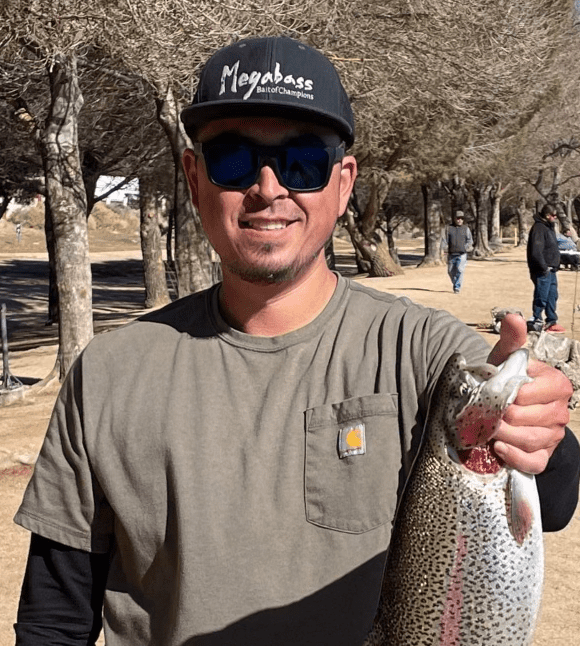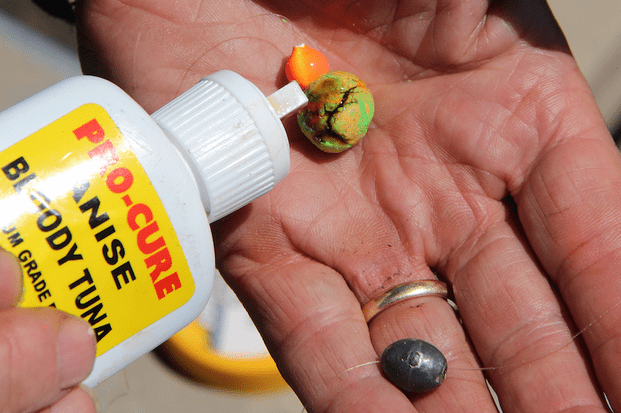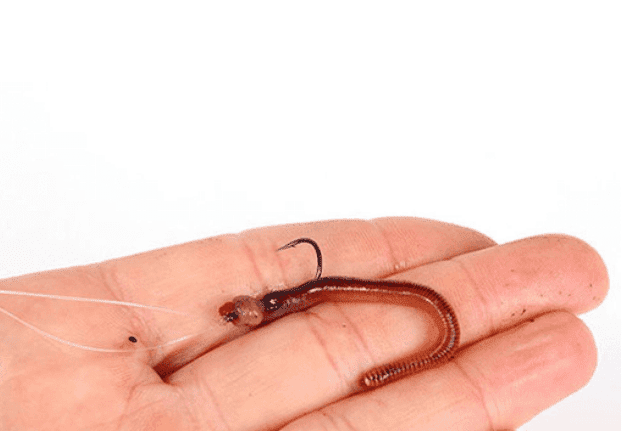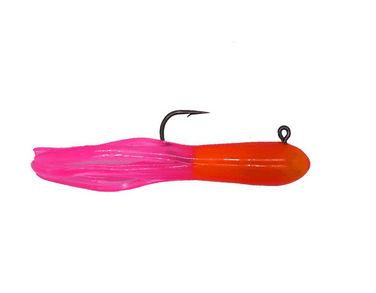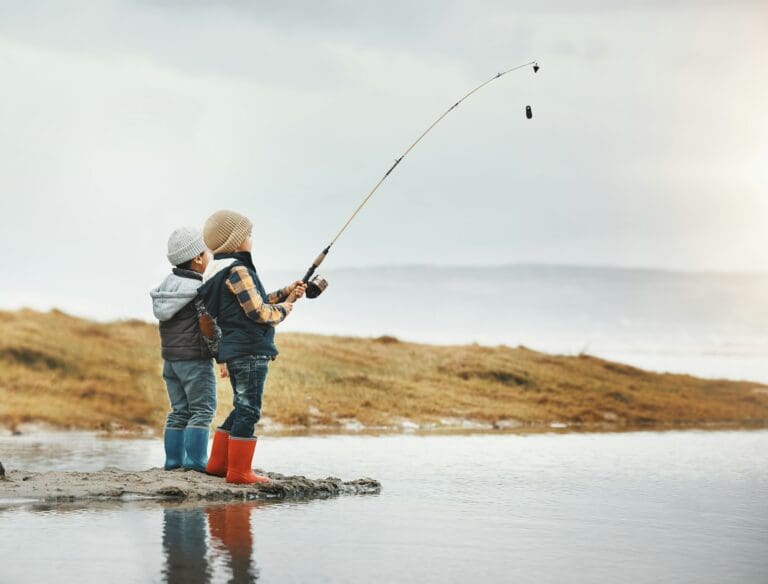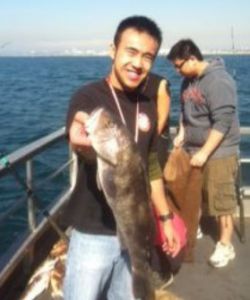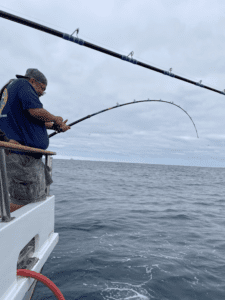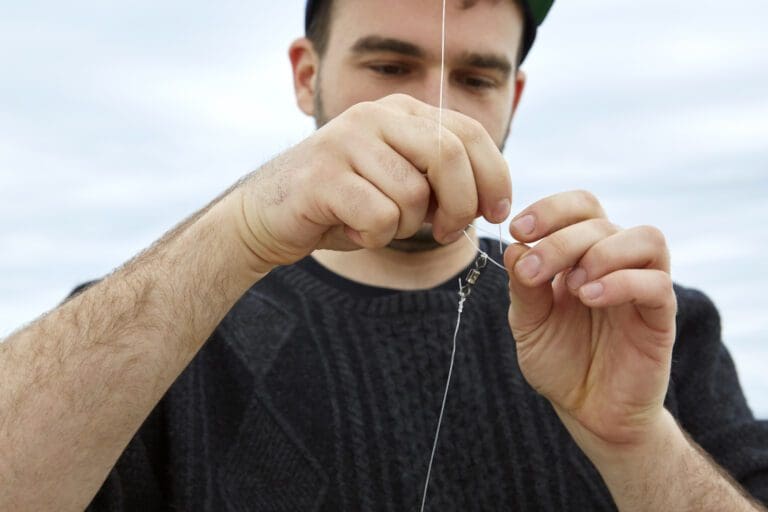
How to tie a knot between braided fishing line and leader
it is most important for the angler to choose a knot that they feel most confident tying with most efficiency and consistency. When you have to re-tie during a fishing trip on a hot bite, hands get shaky as adrenaline is rushing through your body. However, you need to get yourself back in action as quickly as possible.

